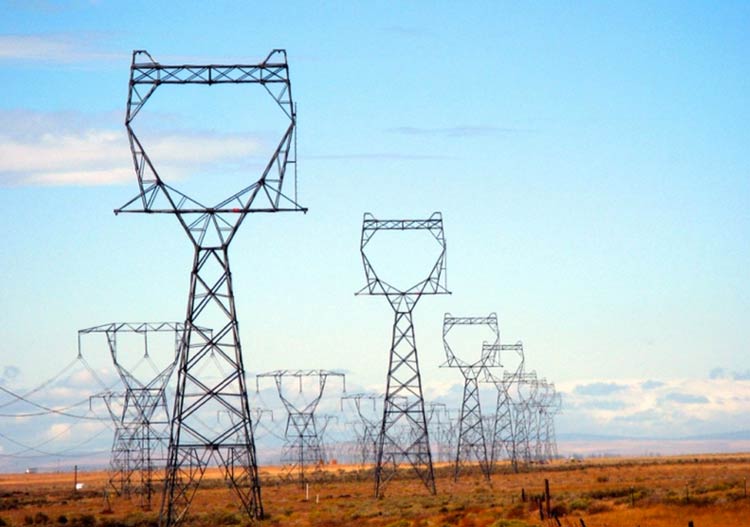What are overhead line fittings?
Overhead line fitting is an accessory that connects and combines various devices in the power system to transfer mechanical and electrical loads or to play a protective role.
Overhead line fitting is an important part applied to the “power grid”, there are very many cross nodes in the power system of power transmission and distribution. Line crossings form a network, and each line crossing point needs to be fixed. There are many substations in the grid that form the intermediate nodes of the grid, and there are many power towers that support the main lines of the grid. The transmission of electrical energy requires conductor contact to be carried out and sufficient current-carrying area to be maintained at high power levels. That is, the grid equipment and conductors such as conductors ensure good and solid contact between.

The concept of overhead line fixture
Power lines are widely used in iron, aluminum, or aluminum alloy, and other metal accessories.
Boost substation and buck substation distribution equipment and conductors, conductors and conductors, transmission line conductors themselves connected, and insulators connected into a string. Conductors, insulators used for their own protection, and other metal (iron, aluminum, or aluminum alloy) accessories become overhead line fixtures.
Which is used for overhead transmission lines of the overhead line gold called line gold. Line fixture is used in overhead transmission lines between the wire connection, insulator connection, insulator and tower, and insulator and wire connection. It must have sufficient mechanical strength and assembly and flexibility of operation. In simple terms, the metal parts are the nodes and stress points of the “net” of the power network to connect, fasten, transfer mechanical load, protection, and other functions. But this net for these nodes and force points at the fixed connection security requirements are relatively high, needs to have specific specifications and production processes.